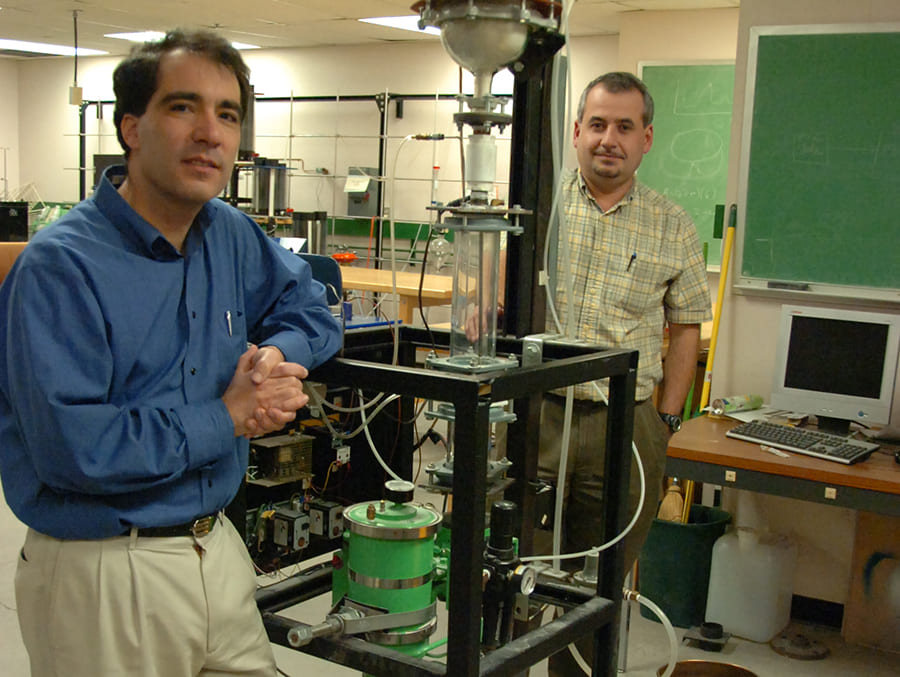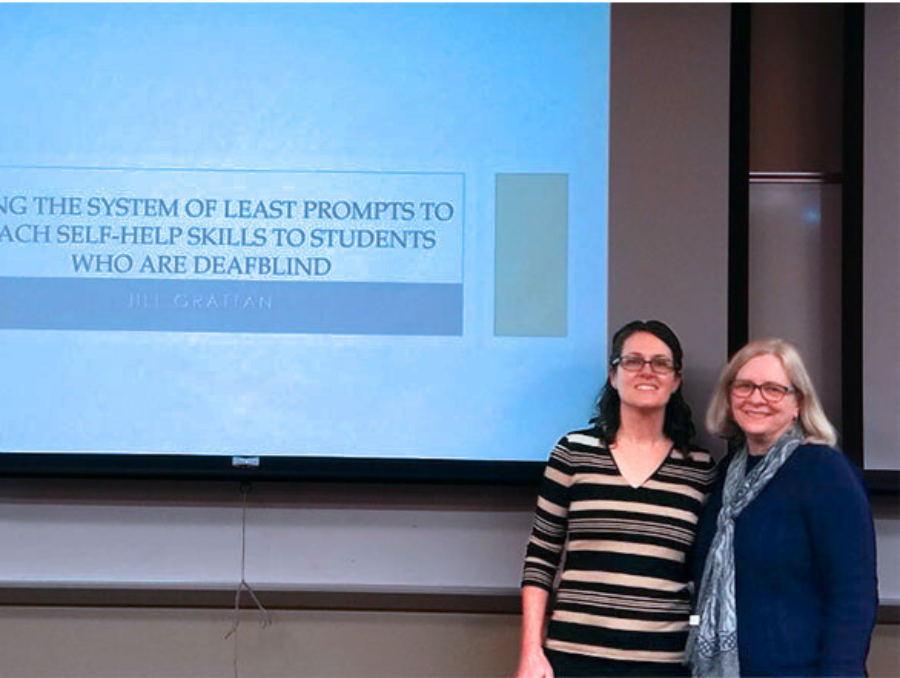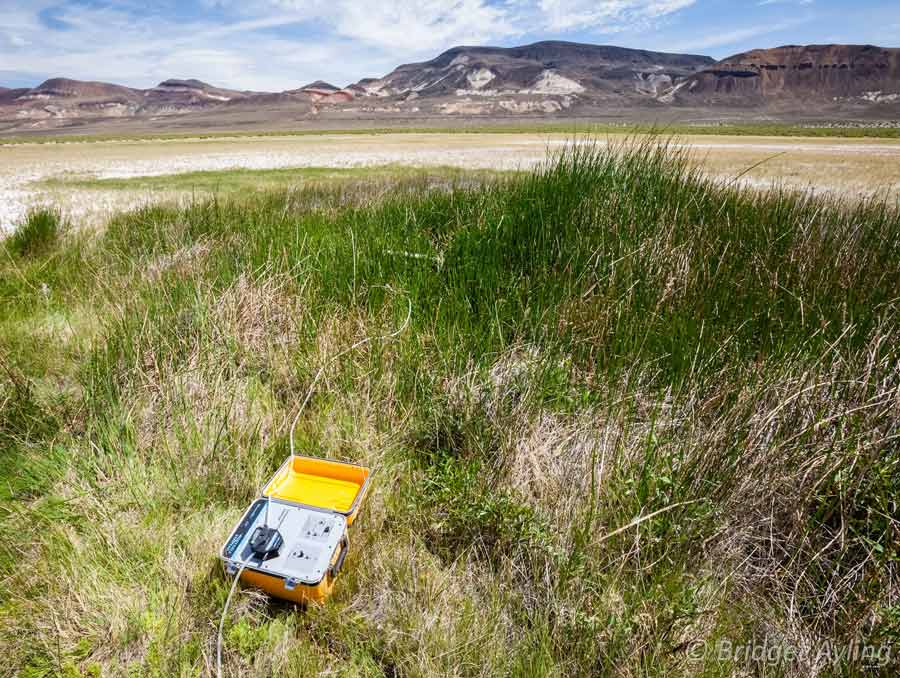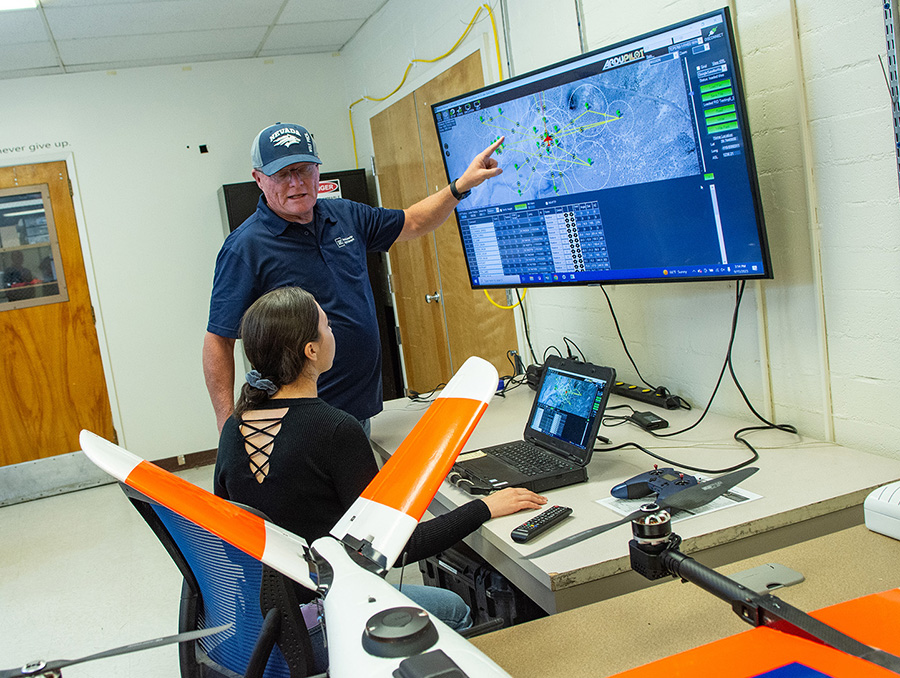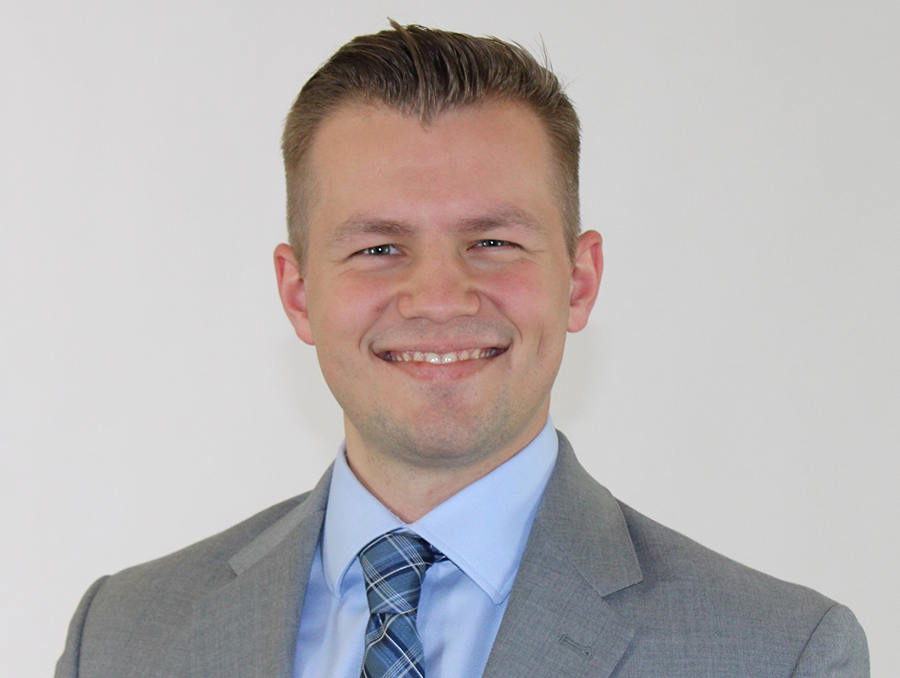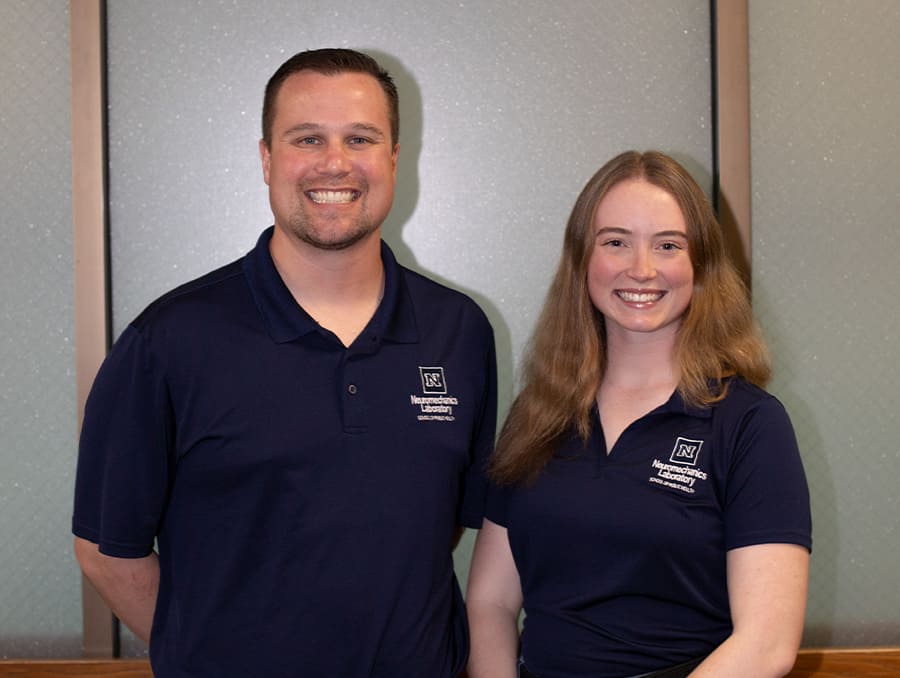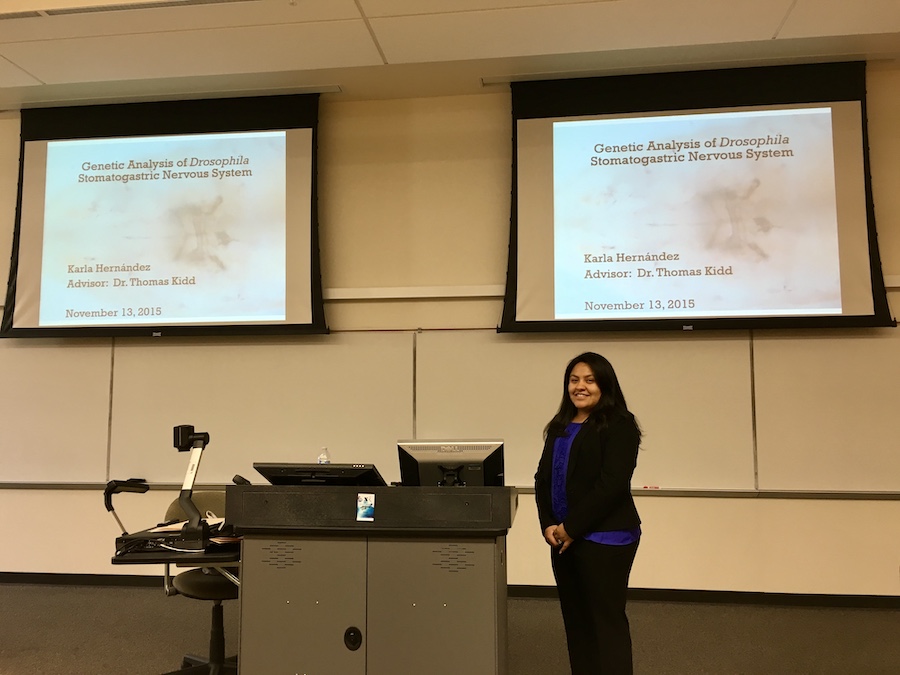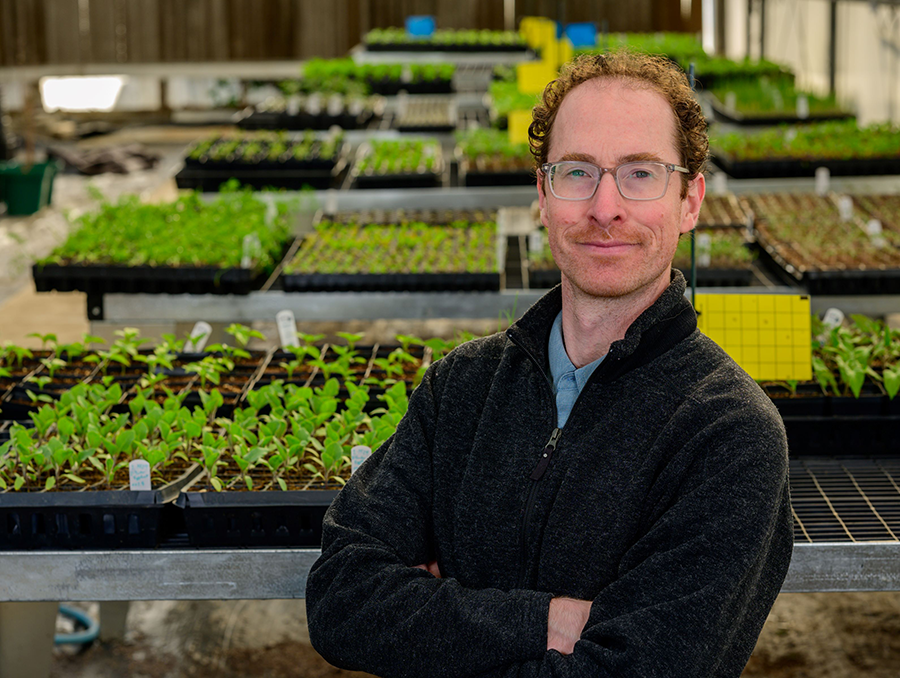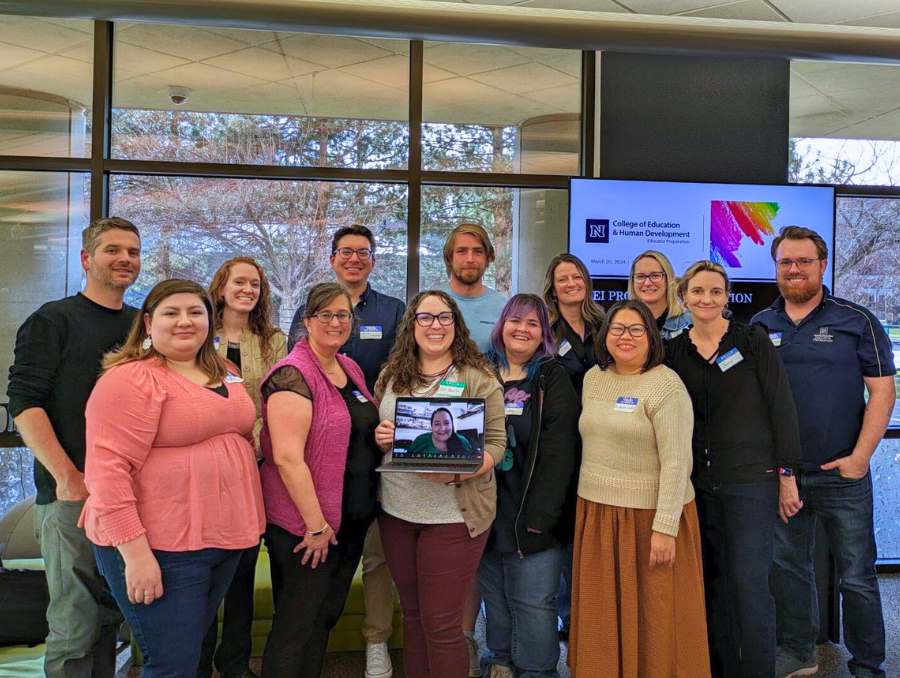A successful University of Nevada, Reno renewable energy research project is moving from the lab to the real world in a demonstration-scale system to turn wastewater sludge into electricity.
The new patent-pending, low-cost, energy-efficient technology is scheduled to be set up in the Truckee Meadows Water Reclamation Facility next month following the recent signing of an interlocal agreement with the cities of Reno and Sparks.
“Our plan is to test the unit by about May 15,” Chuck Coronella, principle investigator for the research project and an associate professor of chemical engineering, said. “We’re designing, building and assembling a continuous-feed system that will ultimately be used to generate electricity. We’ll run experiments throughout the summer, creating a usable dried product from the sludge.”
The experimental carbon-neutral system will process 20 pounds of sludge per hour, drying it at modest temperatures into solid fuel that will be analyzed for its suitability to be used for fuel through gasification and, in a commercial operation, ultimately converted to electricity. The refrigerator-size demonstration unit will help researchers determine the optimum conditions for a commercial-sized operation.
“The beauty of this process is that it’s designed to be all on site, saving trucking costs and disposal fees for the sludge,” Victor Vasquez, a University faculty member in chemical engineering said. “It uses waste heat from the process to drive the electrical generation. It also keeps the sludge out of the landfill.”
Estimates, which will be further refined through the research, show that a full-scale system could potentially generate 14,000 kilowatt-hours per day to help power the local reclamation facility.
The demonstration-scale project is a collaboration with the cities of Reno and Sparks, operators of the wastewater plant. The city councils signed an interlocal agreement recently to allow the research to integrate into their operation, providing space for the experiments, the dewatered sludge and other resources to help make the project a success.
“Economically, this makes sense,” Coronella said. “Treatment plants have to get rid of the sludge, and what better way than to process it onsite and use the renewable energy to lower operating costs.” Coronella added, "This demonstration gives the University an opportunity to involve students in development of waste-to-energy technology, which ultimately will benefit the community. It's a win-win for everyone involved."
Installation of the system will begin in April, and the system will be tested mid-May. The project will last until fall 2010.
The University’s Technology Transfer Office, with assistance from the College of Business, is supporting the project with plans to make the system available to hundreds of communities around the country that operate water treatment plants.
For example, there are approximately 700,000 metric tons of dried sludge produced annually in California municipalities, which would sustainably generate as much as 10 million kilowatt-hours per day.
The project is funded through the Energy Innovations Small Grant Program, the California Energy Commission and the Department of Energy. This phase of the project was selected for funding by the Tech Transfer Office under a DOE grant to support transferring technologies from the lab to practical application.
The project is one of many of the University’s renewable energy research areas that have commercial potential to help Nevada’s economy grow.
